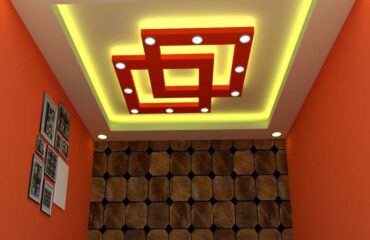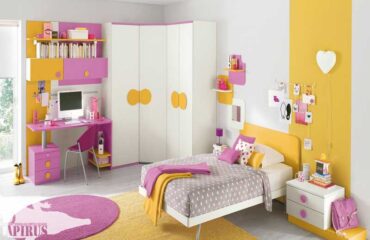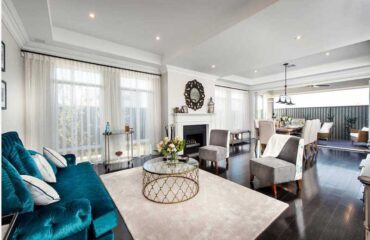6 principles of interior design
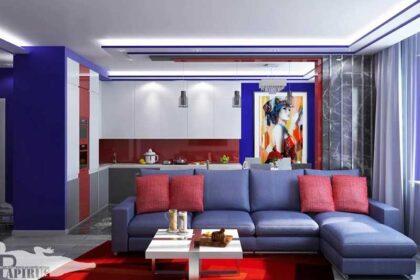
Once you know the basics of interior design, you can turn any space into an amazing place. How do you feel when you enter a room with a basic design? You may be wondering how cohesive and organized everything is. You can achieve this effect in your home with a little knowledge of the 6 principles of interior design . Practice this knowledge with practice and experimentation to achieve the desired result.
In this article, we will point out 6 important points of interior design principles , so stay tuned until the end of the article.
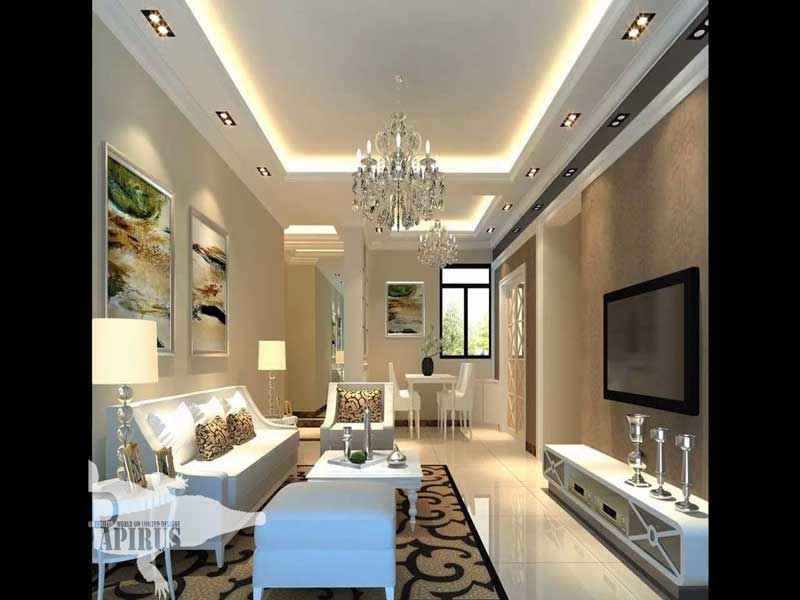
6 important points of the principles of interior design
1. Equilibrium
The first and most important principle in interior design and when arranging a house is the principle of balance. We all seek to achieve a result that pleases the eye and shows order in home furnishings.
When we talk about balance, we mean everything about the approximate visual weight of objects. Balance is created not only through shape, but also through color, pattern and texture.
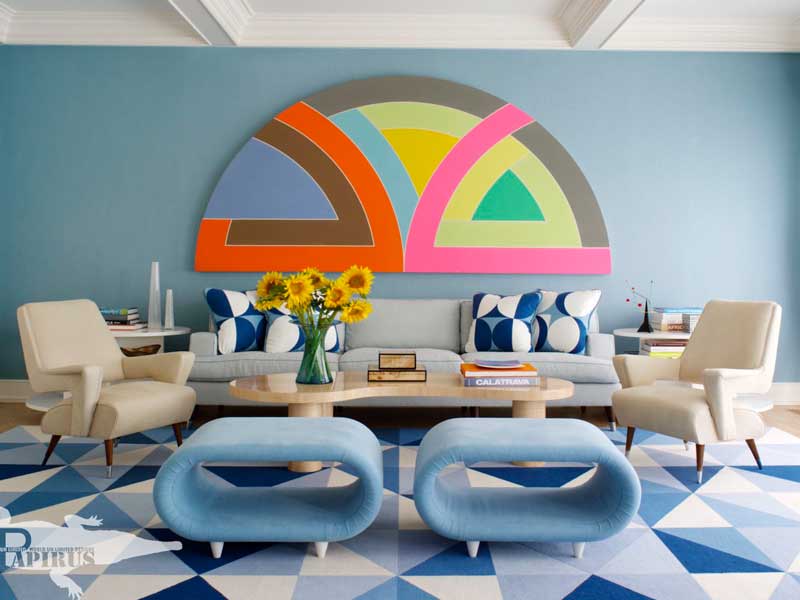
There are three different types of balance in a home layout:
-
Symmetrical or formal
Traditional interior design uses symmetrical balance, a technique that tries to mirror both sides of the room. For example, it can be said that the two chairs on either side of the coffee table are symmetrically balanced.
This kind of balance is easy to achieve because the design elements are repeated on each side. If you are not careful, this type of balance can seem monotonous and tedious.
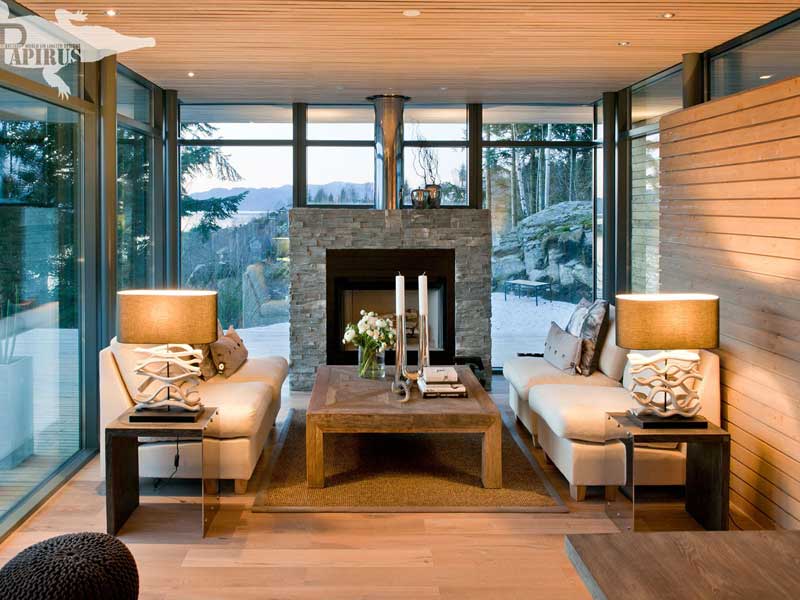
-
Asymmetric or informal
The visual weight of lines, colors, shapes and textures becomes accurate without repetition. For example, a sofa can be mistaken for two chairs on either side.
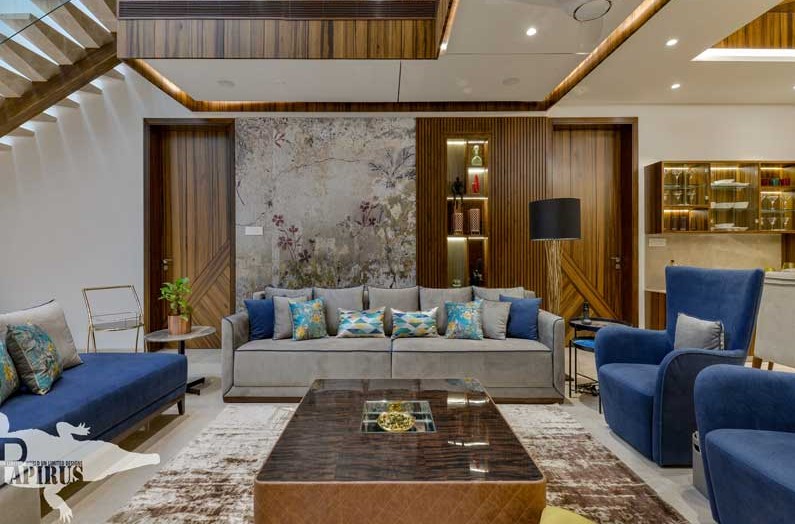
-
Radial balance
This equilibrium deals with the circle and the elements are placed around the center axis, ie the center point is irradiated with the surrounding elements. For example, you can set up a round dining table with chairs around it.

2. Rhythm
Rhythm is the second principle in interior design and is about creating patterns of repetition and contrast to create visual interest.
You can achieve this goal by using one color or one shape at different distances. Its purpose is to move your eyes and attract attention in the room. For example, in a bedroom, you can create a rhythm by using a color on the pillow, choosing the same color in a painting and repeating it on the carpet.
These repetitions help you to roll your eyes in the room.
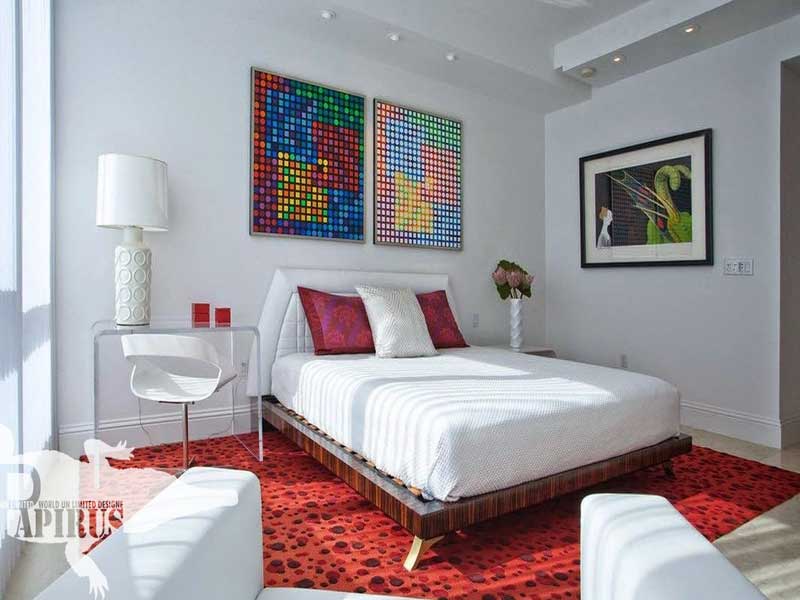
3. Inconsistency
Coordination in interior design is created when all the elements work together to create a single message.
Just as rhythm can create excitement, so does harmony.
For example, you can create harmony using just one color, even if your shapes are very different in shape, size and texture.
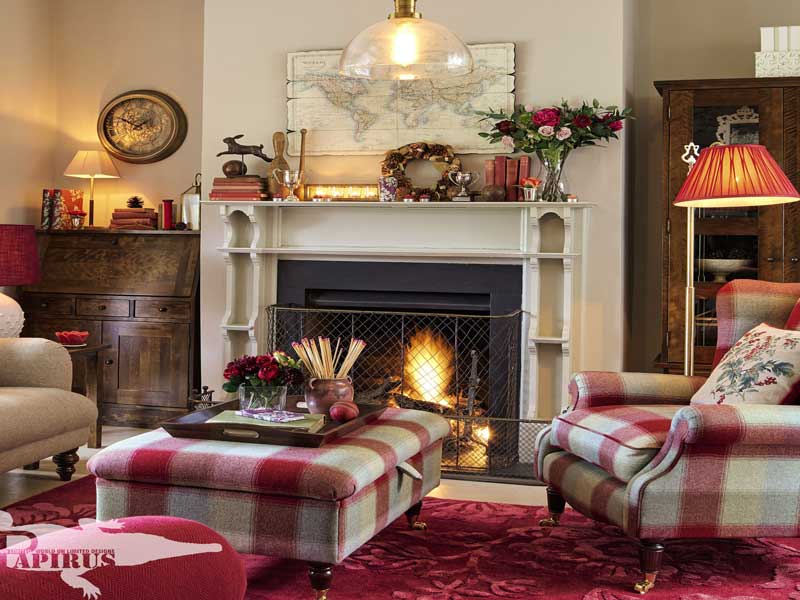
4. Emphasis
A room where everything is equally important seems boring.
You need a flip in your decor. Spaces derived from the principles of interior design and architecture often have sights such as a fireplace or a window with a beautiful view.
You can increase the focal point of the interior by arranging the furniture around that point for more emphasis.
In a room that does not have such a point, you can create it through furniture or using an unusual or large piece.
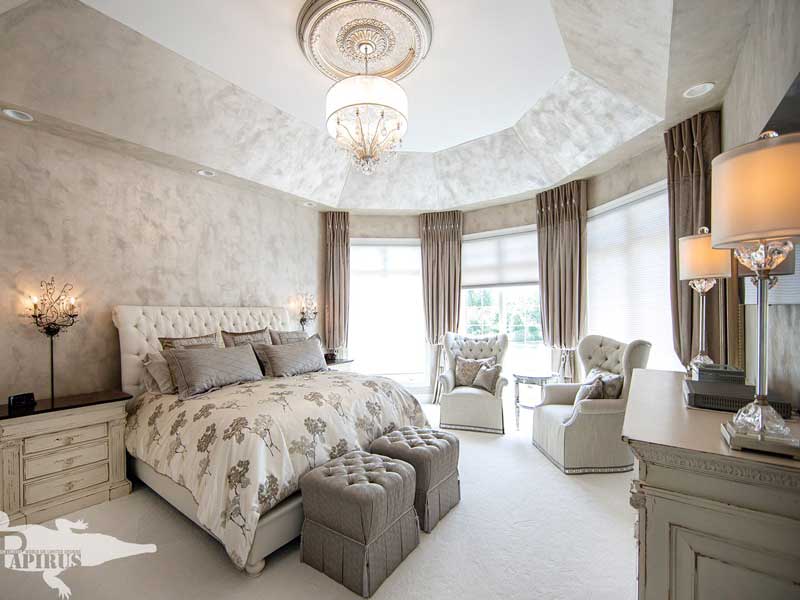
5. Proportion and scale
The meaning of these two words in decoration and interior design principles is somewhat similar, and proportion is the ratio of the size of one part to another and the scale of how the size of an object relates to another or the space in which it is located.
For example, when choosing furniture for a room, you should choose it in a size that is not taller or larger than the other.
Some relationships are more enjoyable than others. The ancient Greeks invented the golden ratio, which tried to reduce all proportions with a simple formula:
The ratio of the larger segment to the smaller segment is equal to the ratio of the total to the larger segment. This ratio exists in nature and artists and architects also use it and use it and it can be seen in works such as Azadi Tower, Dalahu Castle in Kermanshah or Versak Bridge in Mazandaran and..
6. Contradiction
Contrast means contrast in objects and is important in different fields of art and is also very important in interior decoration.
Contrast is the main principle of interior design that helps to focus your room to be visually appealing. Contrast also helps prevent your design from looking monotonous.
Among the well-known techniques used in the principle of contrast are the use of contrasting colors such as black and white in decorative items, the color of the wall or wallpaper, and the use of contrasting shapes such as circles and squares.
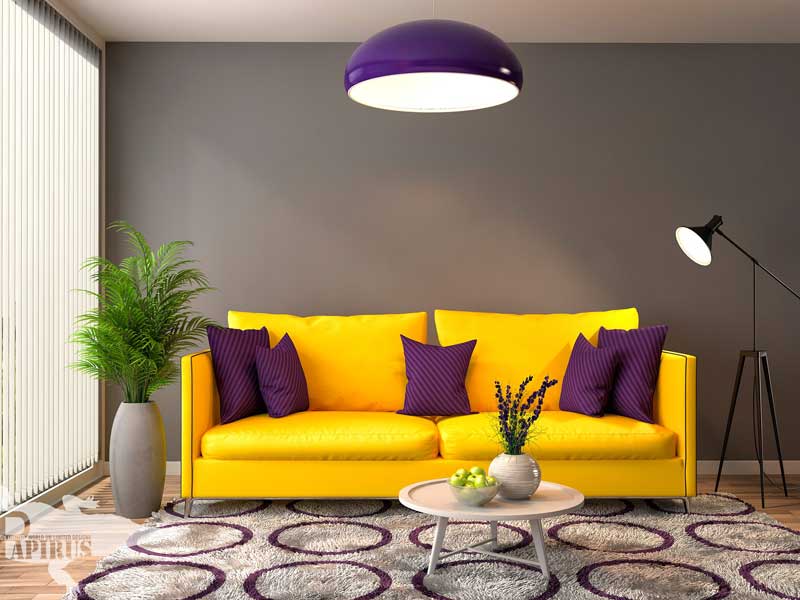
Papirus company with more than ten years of real experience in the field of poster and wallpaper services and more than 5000 designs and models, with dozens of experts is ready to respond and provide free advice in this field for you, dear customers.
Therefore, you, dear users, can communicate with the following contact numbers 7 days a week and during office hours, or via WhatsApp chat via the mobile number 09212825207.
Note that applying these 6 principles of interior design together is not a difficult task, but it requires special care and effort to get you the desired result and create an atmosphere imbued with the principles of interior design for you.

